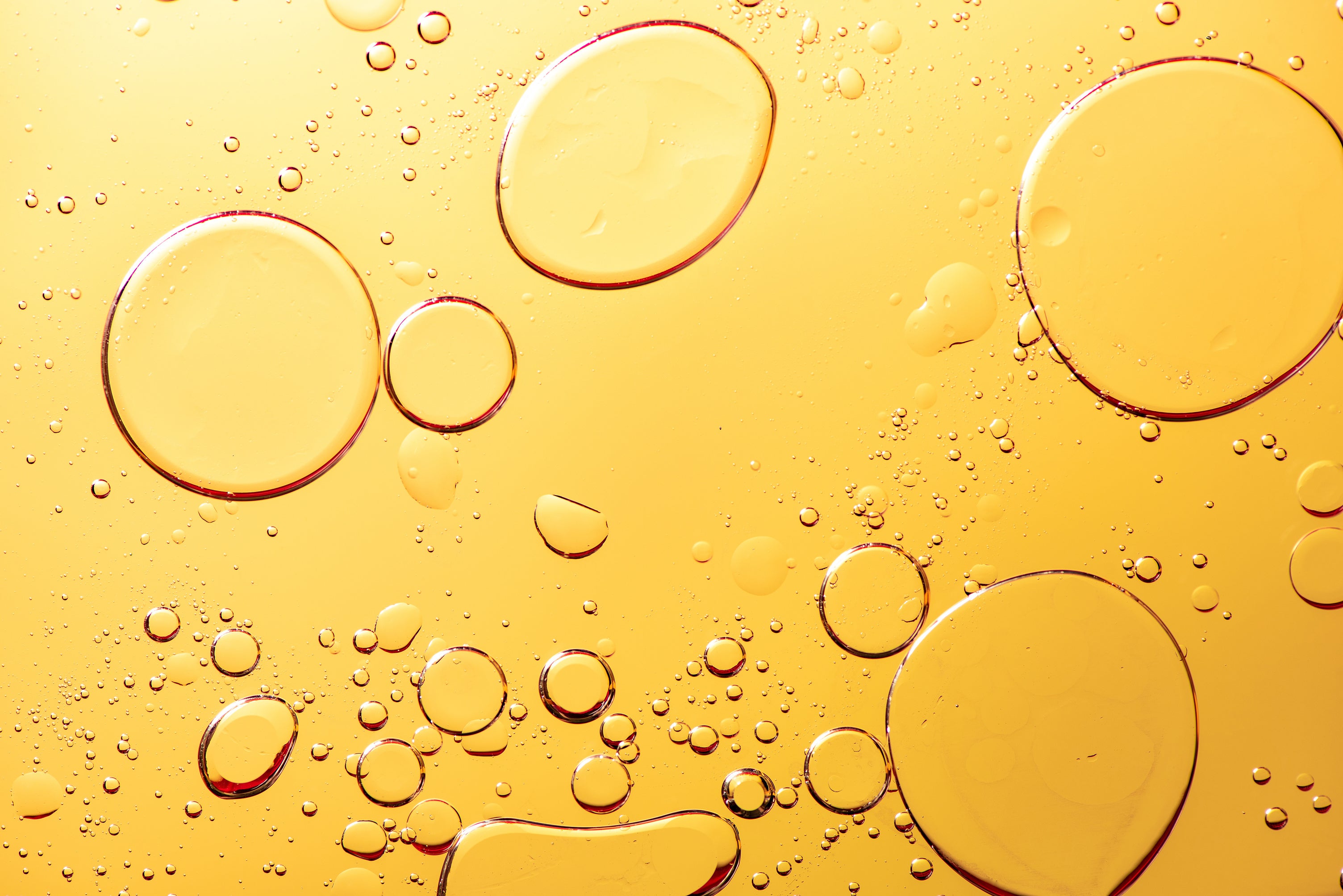Article: Fish Oil vs Flaxseed Oil Omega-3s: Is flaxseed oil an efficient substitute for fish oil?

Fish Oil vs Flaxseed Oil Omega-3s: Is flaxseed oil an efficient substitute for fish oil?
It is well known that fish oil and flaxseed oil are rich in omega-3s, and it is generally believed that flaxseed oil is a vegan substitute for fish oil. Fish oil is known for being rich in omega-3 eicosapentaenoic acid (EPA) and docosahexaenoic acid (DHA). The EPA and DHA in fish oil are mainly known for their effects in cardiovascular, anti-inflammatory, and cognitive health. Flaxseed oil is known for being rich in omega-3 alpha-linolenic acid (ALA). ALA is also known for their effects in cardiovascular and anti-inflammatory health. So how do the omega-3s in fish oil differ from flaxseed oil, and are they a good substitute for each other?
Generally, it is the polyunsaturated fatty acids (PUFAs) in both the fish oil and flaxseed oil that play the important roles in our body. The PUFAs in fish oil, whether in ethyl ester form or triglyceride form, will eventually be in triglyceride form at the end as EPA or DHA to be used over many important physiological processes in the body. The PUFAs in flaxseed oil, ALA, is subject to three different metabolic fates: 1) incorporation into structural, transport or storage pools, 2) beta-oxidation as an energy source, and 3) elongation and further desaturation to form EPA and DHA. These processes determine if flaxseed oil is an efficient substitute for fish oil in EPA and DHA.
Theoretically, studies have shown that flaxseed oil can undergo desaturation and elongation to synthesize EPA and DHA, however most studies using oral flaxseed oil showed only moderate increases in EPA and that the DHA remained unchanged. Although an older study suggested that increases in DHA levels may be achieved with long-term consumption, more recent studies have failed to confirm the result. Studies have shown that the conversion rates of ALA to EPA are reported to be <10%, and that the conversion rate of ALA to DHA ranges from 0% to 0.5%. An explanation for the lack of DHA synthesis from ALA is that the DHA synthesis is under a separate regulatory control.
Studies have also shown various results in the conversion efficacy of ALA to other omega-3’s. They have noted that the variations also depended on the background of diets, and some notable gender differences, with resultant DHA typically undetectable in males consuming high doses of ALA. It is also important to note that other variables can inhibit the conversion of ALA into its metabolites, such as high dietary intake of linoleic acid. It also appears that ALA conversion to long chain omega-3 fatty acid is self-limiting, with high intakes producing significantly increased oxidation and impairing conversion into EPA and DHA. More studies are necessary, but based on the available evidence, while flaxseed oil does provide health benefits, it appears that substituting flaxseed oil with fish oil for EPA and DHA is not efficient.
Ethyl Ester (EE) vs Triglyceride (TG) Omega-3
|
Ethyl Ester Omega-3 |
Reformed Triglyceride Omega-3 |
 |
 |
|
One fatty acid (EPA or DHA) attached to one ethanol molecule. Not found naturally in nature and created through chemical synthesis. |
Three (3) fatty acids (EPA or DHA) attached to glycerol backbone. Triglycerides naturally makes up virtually all fats and oil in animal and plants. |
|
Esterified to an ethanol backbone. |
Esterified to glycerol backbone. |
|
Single fatty acid chain form is more prone to oxidation and rancidity. |
Due to glycerol backbone structure, more stable. |
|
Ethyl esters need to be converted back into triglycerides so they can be transported to the bloodstream. |
Already in triglyceride form. |
|
Clinical research suggests TG omega-3 improves its bioavailability.* |
|
|
*Neubronner, J., et al., Enhanced increase of omega-3 index in response to long-term n-3 fatty acid supplementation from triacylglycerides versus ethyl esters. Eur J Clin Nutr, 2011. 65(2): p. 247-54. |
|
Fish Oil Production Process
The general procedure of fish oil processing is necessary to understand the difference between ethyl ester and triglyceride omega-3.
Basic Procedure for Processing Fish Oil to Omega-3
- Fish oil is extracted from the fish.
- Average concentration of EPA/DHA in fish is between 18~31%.
- The natural form of omega-3 in fish oil is in triglyceride (TG) form.
- Crude fish oil is processed for purification and increasing the concentration of EPA/DHA.
- Crude oil is purified to rid of impurities accumulated during fish life and pathogens.
- Transesterification process is utilized to increase concentration of EPA/DHA to 50~90%.
- This process breaks down the triglycerides to ethyl ester (EE) form of omega-3.
- EE omega-3 make up the vast majority of the fish oil market, as they’re cheap and usually come in softgels, which are popular with consumers.
- Re-esterification/reformation of triglyceride.
- Reformation of triglyceride is an extra and costly step of reverting ethyl ester back into triglyceride form through glycerolysis.


